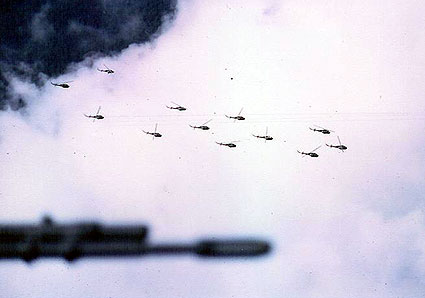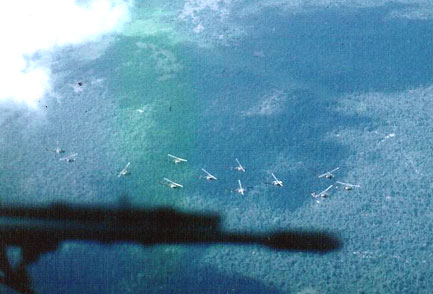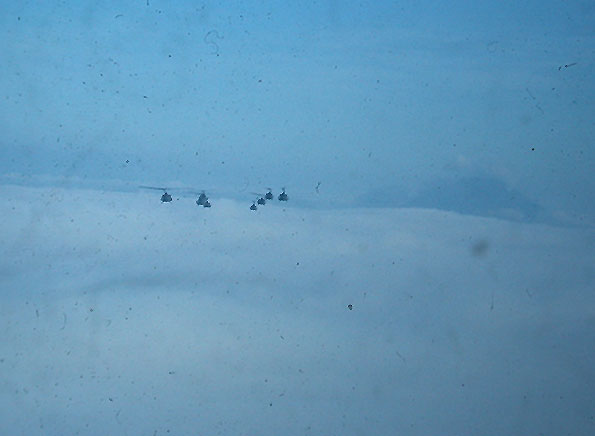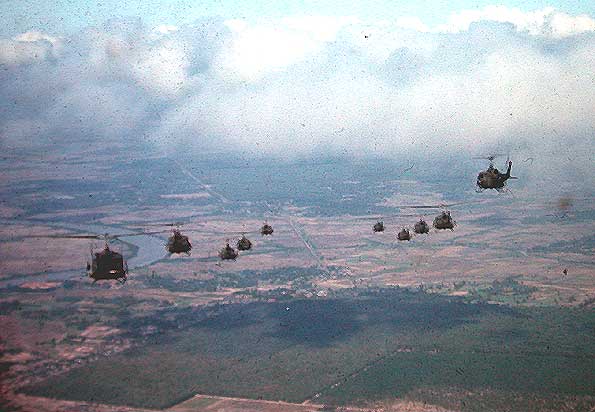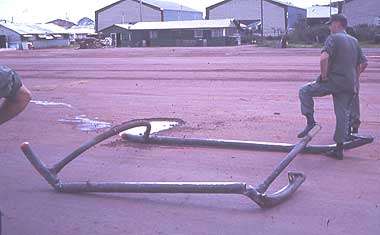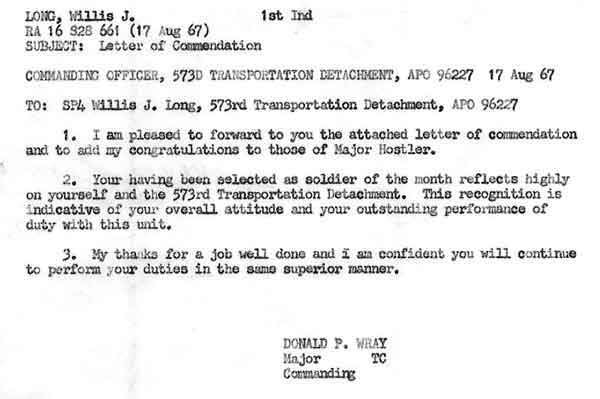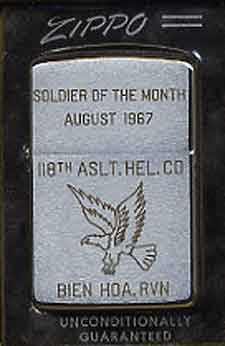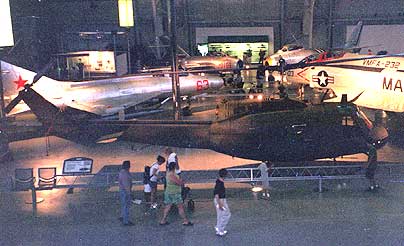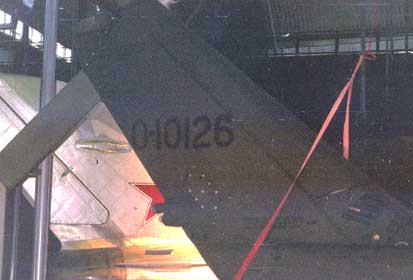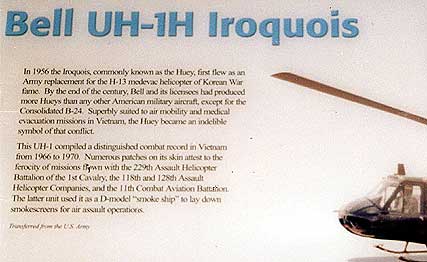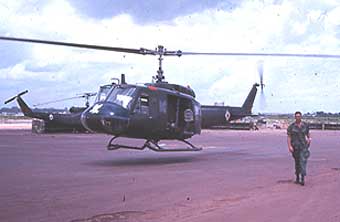 After an inspection a decision has been made.
After an inspection a decision has been made.
|
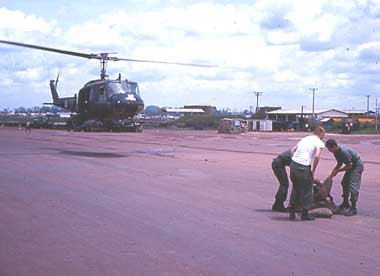 Maintenance guys carry sandbags and make
a cradle.
Maintenance guys carry sandbags and make
a cradle.
|
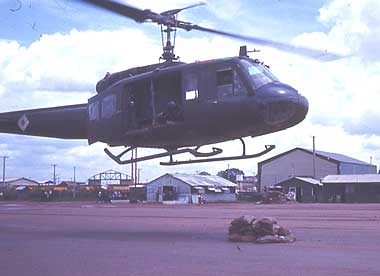 Hovering over sandbag cradle. Note a crew
member
laying on floor and giving guidance to pilot.
All crew members are still on board!
Hovering over sandbag cradle. Note a crew
member
laying on floor and giving guidance to pilot.
All crew members are still on board!
|
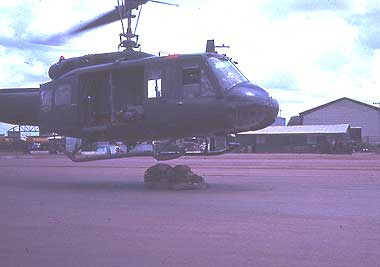 Descending to the sandbag cradle.
Descending to the sandbag cradle.
|
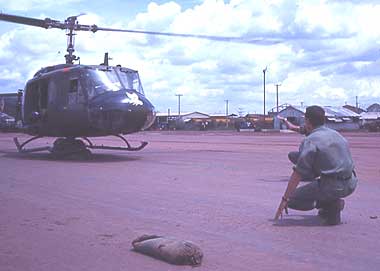 MAJ Donald Wray giving hand signals to the
pilot.
MAJ Donald Wray giving hand signals to the
pilot.
|
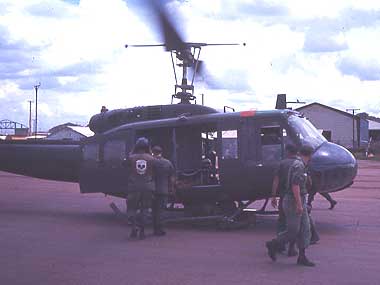 Safely on the sandbag cradle, but still being
held light on the skids, all crew jump out.
Safely on the sandbag cradle, but still being
held light on the skids, all crew jump out.
|
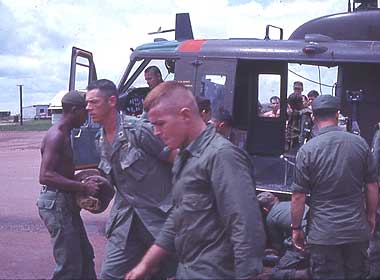 Aircraft has been shut down and pilots get
out.
Aircraft has been shut down and pilots get
out.
|
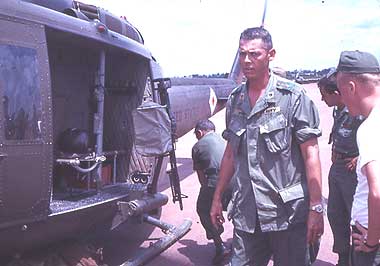 MAJ Wray with a little "worry"
on his face.
MAJ Wray with a little "worry"
on his face.
|
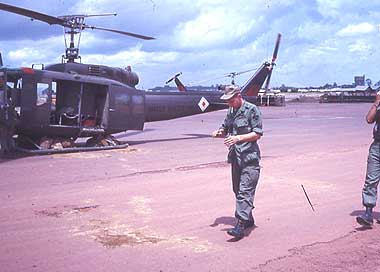 Tech. Inspector, SP6 Daniel R. Siam
lighting a cigarette once Red 2 is
safely on the sandbags.
Note sand on tarmac that leaked out
as they were dragged and piled up.
Tech. Inspector, SP6 Daniel R. Siam
lighting a cigarette once Red 2 is
safely on the sandbags.
Note sand on tarmac that leaked out
as they were dragged and piled up.
|
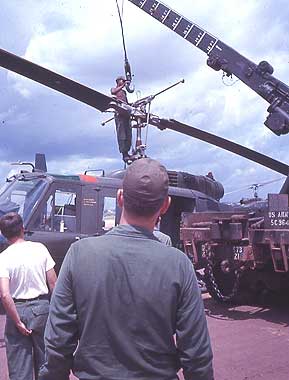 Hooking up the wrecker with boom
at 18 feet extension.
Hooking up the wrecker with boom
at 18 feet extension.
|

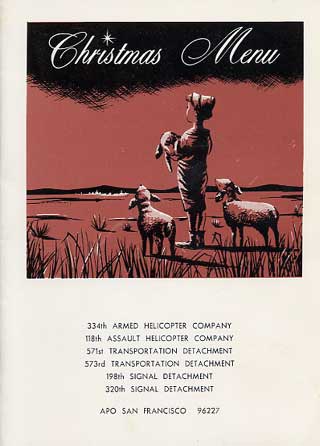
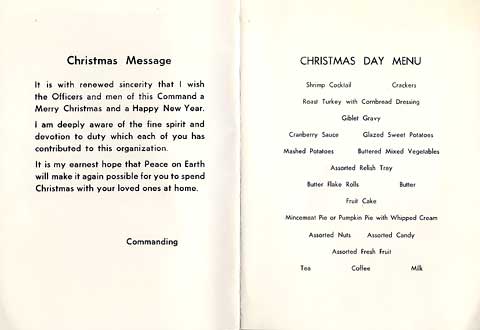
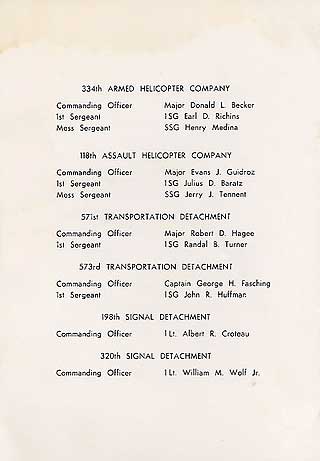
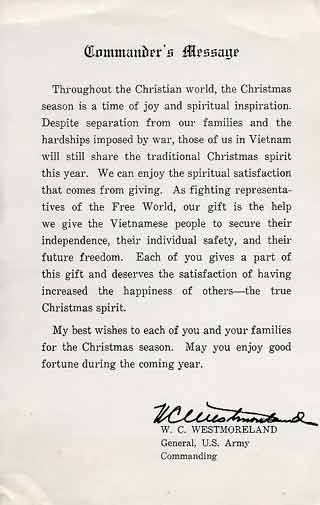
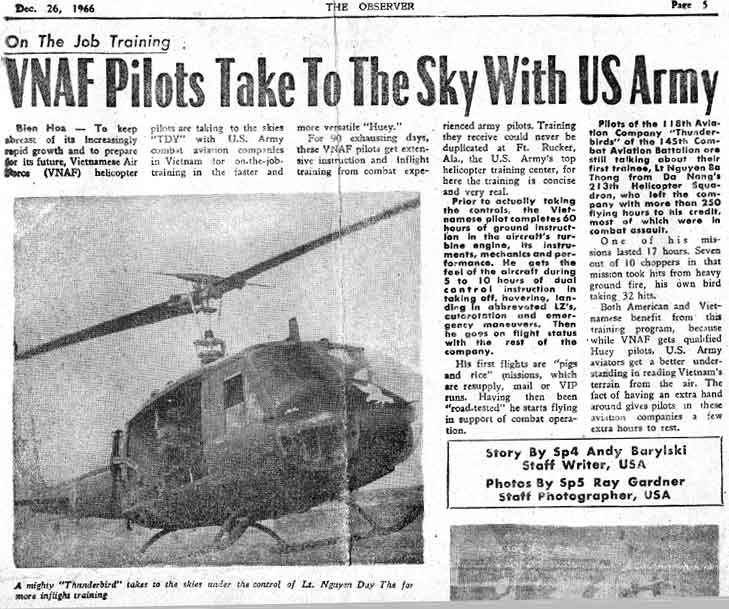
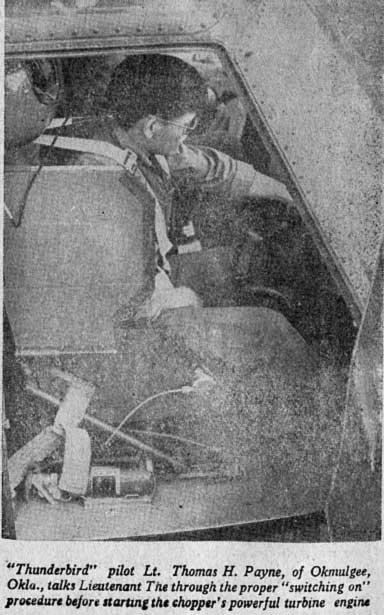
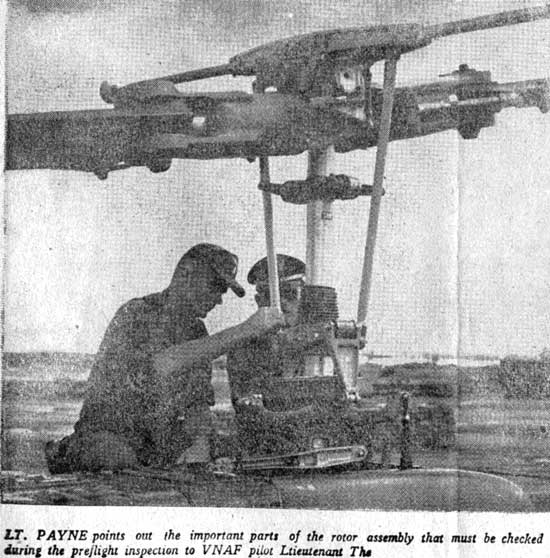
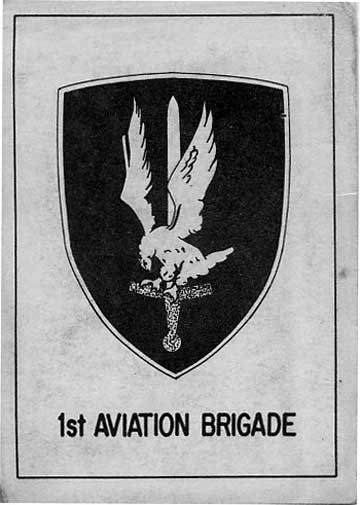
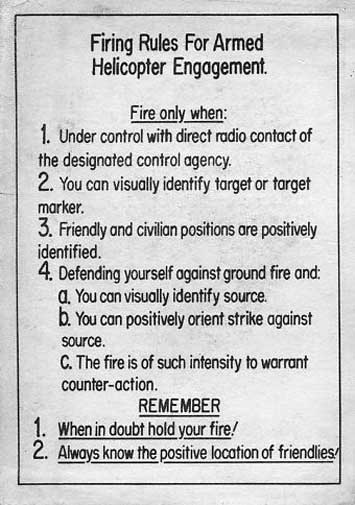
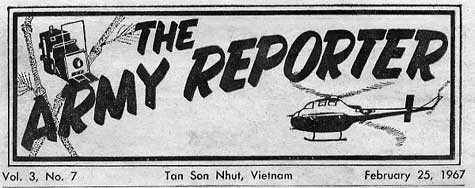
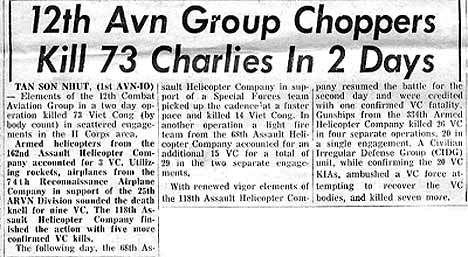

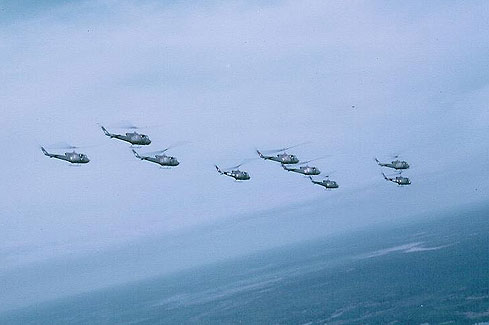 (Photo
courtesy David Vandenburg)
(Photo
courtesy David Vandenburg)